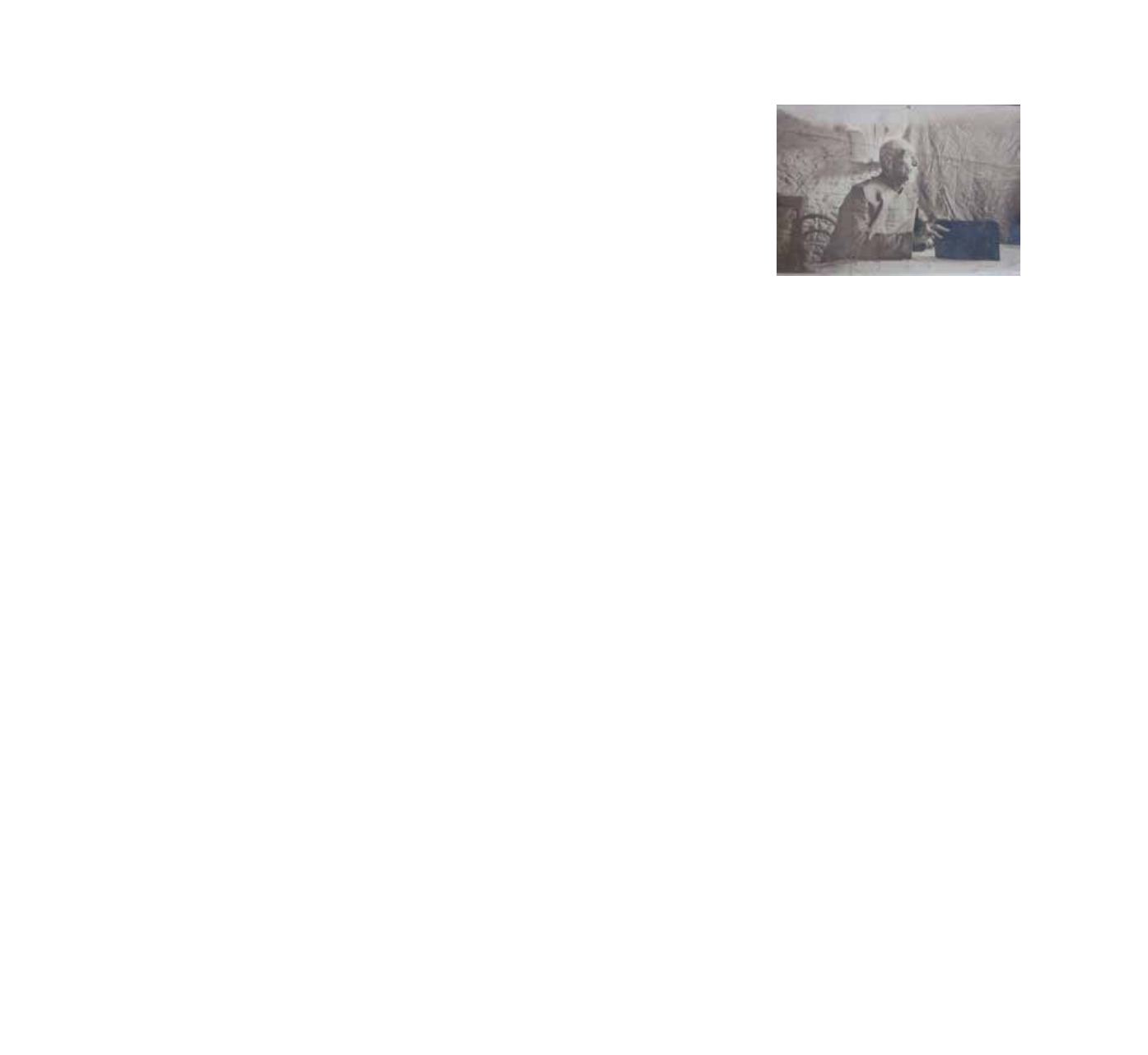
130
86
Seán Keating PRHA HRA (1889-1978)
Good Old Stuff
Oil on board, 71.1 x 91.4cm (28 x 36”)
Signed
Exhibited:
Royal Academy, London, Annual Exhibition
1928, Cat. No. 217;
Walker Art Gallery, Liverpool, 1928;
RHA Annual Exhibition
1929, Cat. No. 14
Helen Hackett Gallery, New York, 1929;
Museum of Irish Art, New York, 1931/2;
Seán Keating Exhibition”
, Victor Waddington Galleries, Dublin, 1947;
Seán Keating Retrospective Exhibition,
Municipal Gallery, Dublin, 1963, Cat. No. 24; and
Seán Keating: In Focus
,The Hunt Museum, Limerick, June/Sept 2009
Literature:
Ireland Painters, 1600-1940
, Anne Crookshank and The Knight of Glin, Fig.385 on p.281;
Seán Keating; In Focus
, Dr. Éimear O’Connor, 2009, iLlustrated p.21 and again p.53; and
Seán Keating: Art, Politics and Building the Irish Nation
, Éimear O’Connor, (Kildare, 2012), p.91, illustrated p.92.
Known for his overtly nationalist paintings made between 1915 and 1924, the series of images of citizen heroes that Seán Keating made after that
date indicate a lot about his unceasing confidence in the Irish people, even if he was relentlessly disappointed with the governing classes. Keating’s
choice to use the common people as models in non-commissioned work from the 1920s onwards was an expression of his democratic spirit, and
in doing so, he was determinedly placing himself on the progressive side of the political divide in Europe at that time.
Good Old Stuff
is one of a
group of paintings made in the late 1920s in which the artist was investigating both the process, and the inherited wisdom of old age, but through
the lens of allegory. Other paintings in the sequence include
Past Definite, Future Perfect
(1928),
Old Kitty
(1928),
The Turf Gatherer
(1928) and two
versions of
Don Quixote
(1927 and 1932). The old man in Good Old Stuff is shown seated at a table on which there is a tea cup, a tea pot and a
bottle of some sort of alcohol - whiskey perhaps. However, given the artist’s predisposition to the use of symbolism, there is far more to this image
than simple witticism.The old man is shown seated in a secluded space. Stories from years long past are inscribed into the creases of his face, and
the veins in his hands. He is not actually looking at the containers on the table; he is in reflective mood and lost in his own world. Yet, his far-off
gaze is reassuring, calming, and gentle. The old man is good old stuff itself, and he has much to offer anyone who cares to listen, or to see. Thus,
Good Old Stuff
was also a tribute to the wisdom and experience of old age, which, as far as Keating was concerned, was equally as important to New
Ireland as the exuberance and inexperience of youth.
The model for Keating’s
Good Old Stuff
remains unidentified, but he appeared in several paintings made by the artist in the late 1920s, including
The Models’ Interval
(1927) and the first version of
Don Quixote
(1927). In 1927, when Keating was working on
Don Quixote
, he took several pho-
tographs of the old man seated at a table.The artist appears to have been very happy with that composition, and when he began
Good Old Stuff
the
following year, he used those photographs to recreate the exact same pose, but placed his model holding a teacup instead of the infamous helmet
that is central to the story of
Don Quixote.
The accompanying photograph of the model for
Good Old Stuff
has been reproduced with kind permission from the owner of a private collection.
© Dr Éimear O’Connor HRHA
Research Associate
TRIARC-Irish Art Research Centre
Trinity College Dublin
October 2013.
€40,000 - 60,000


